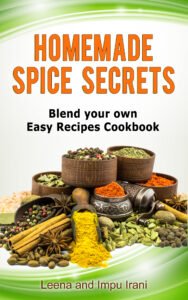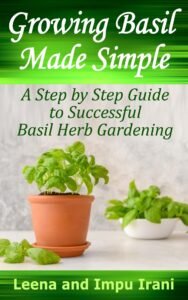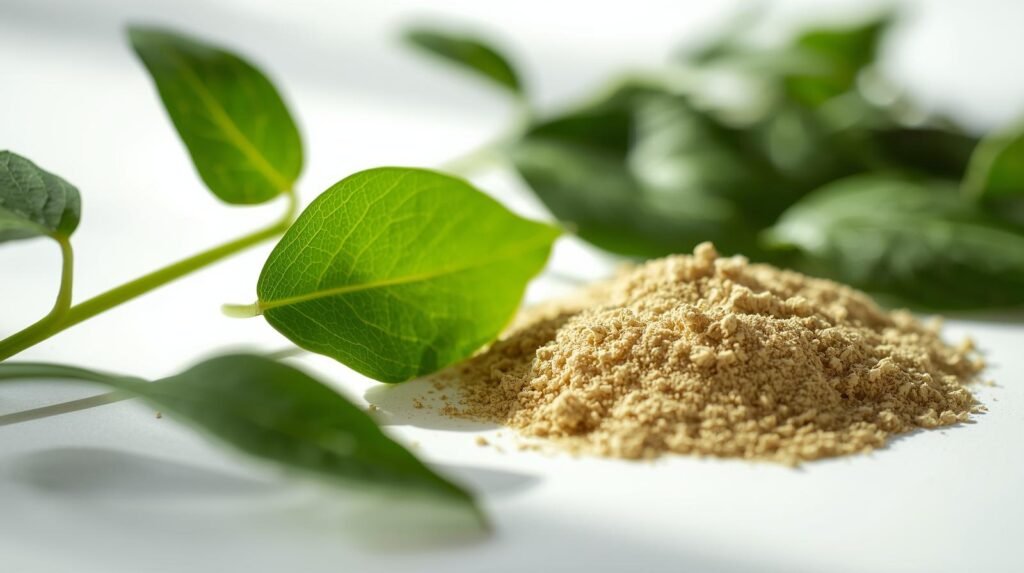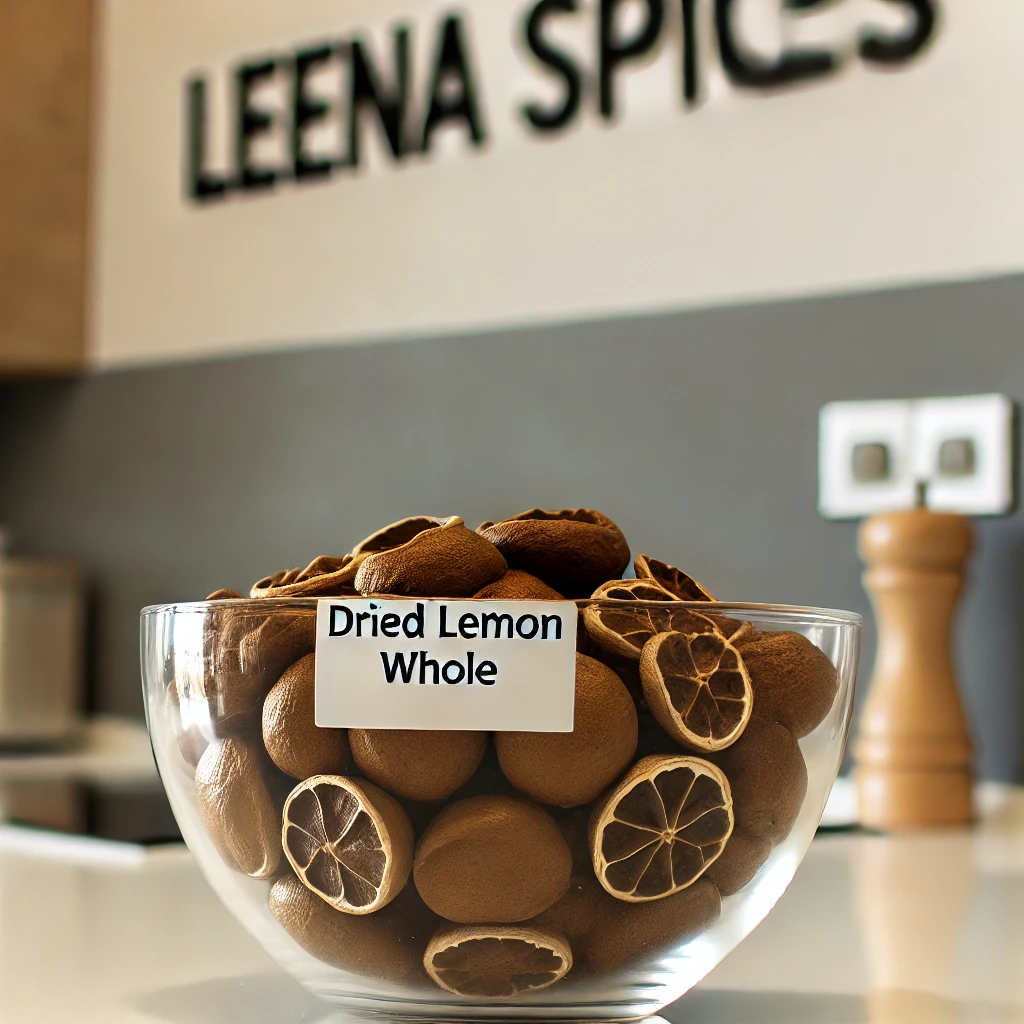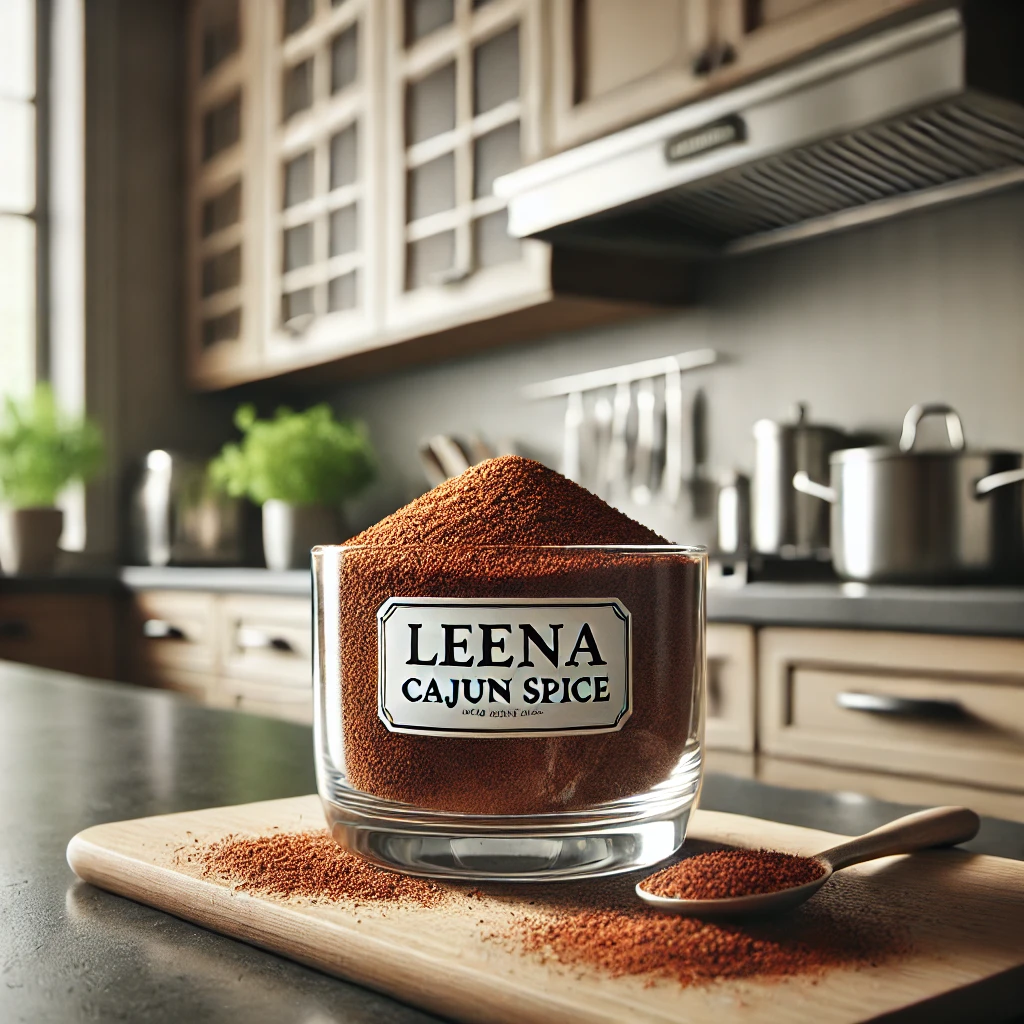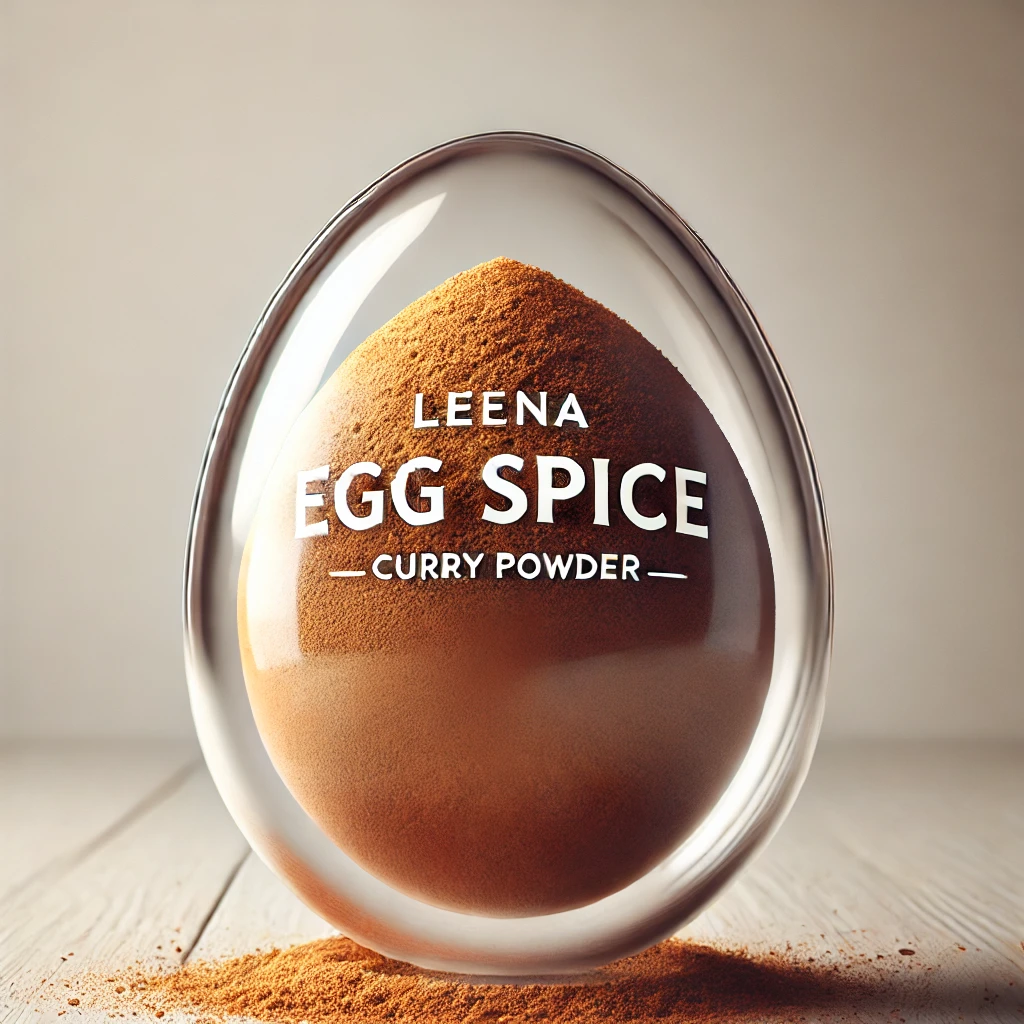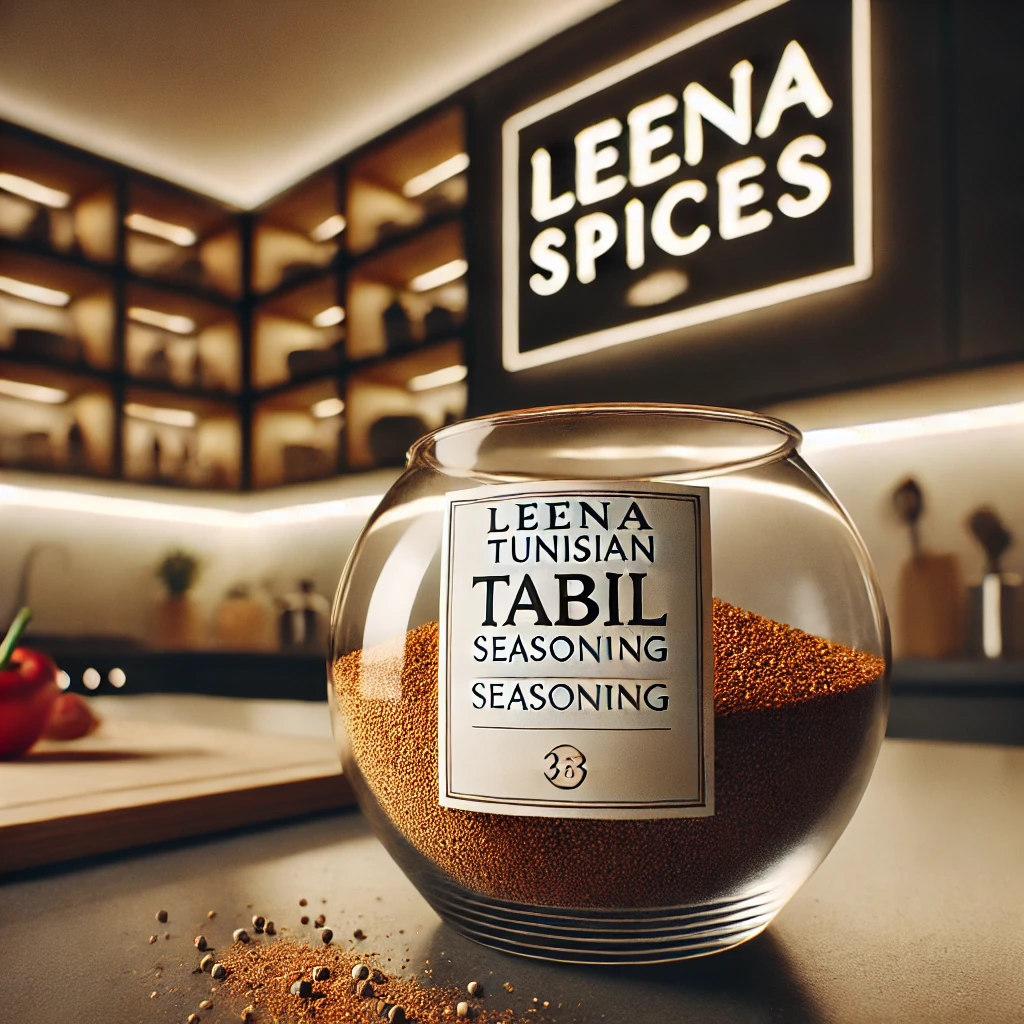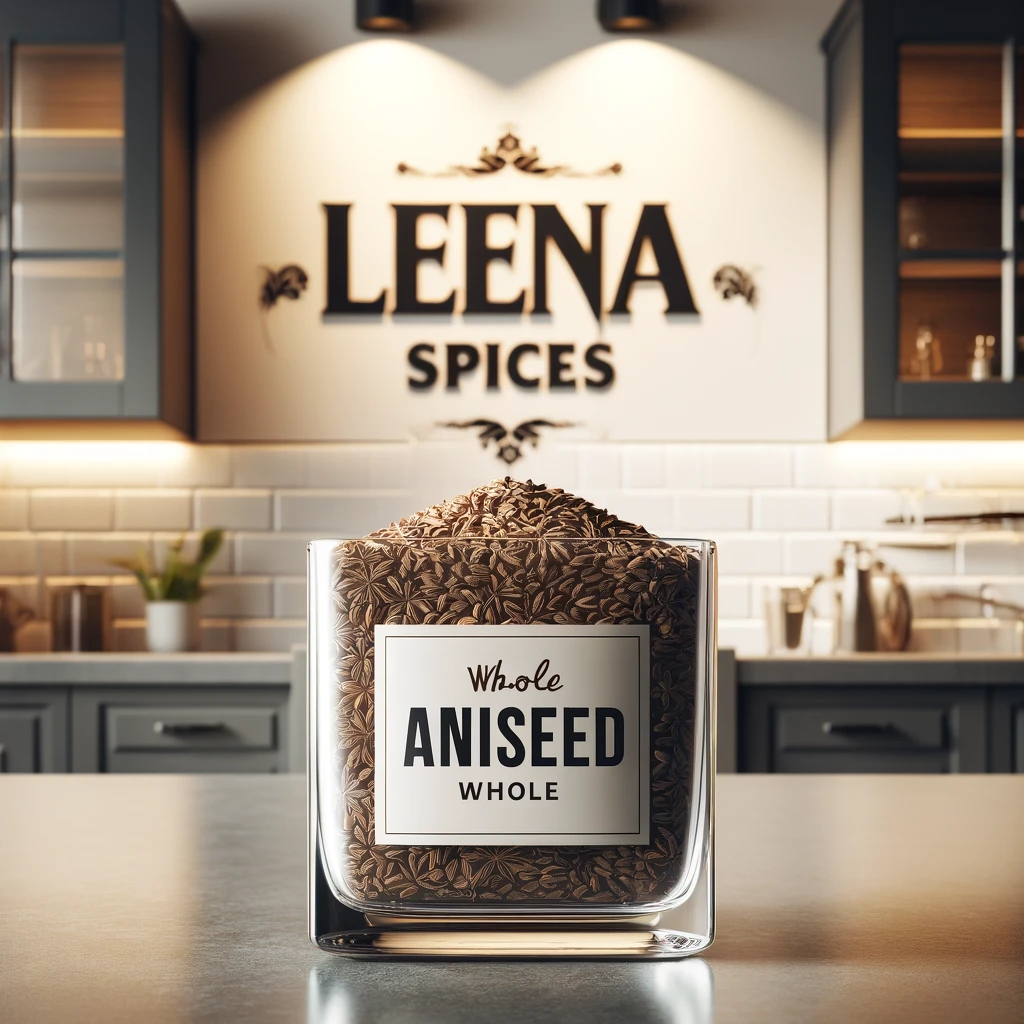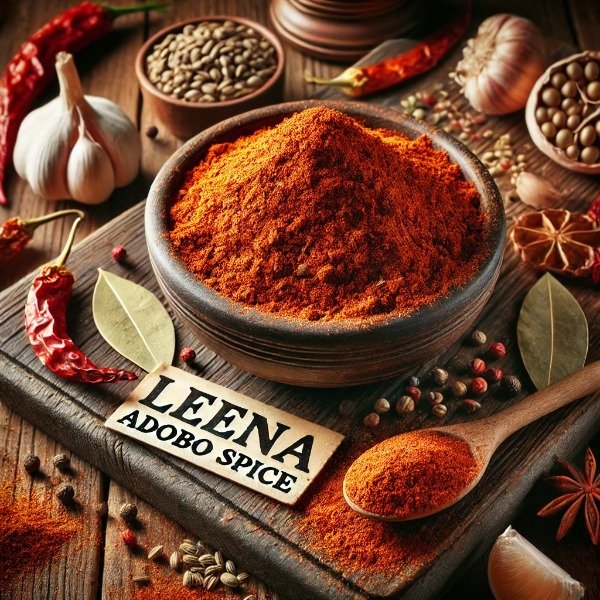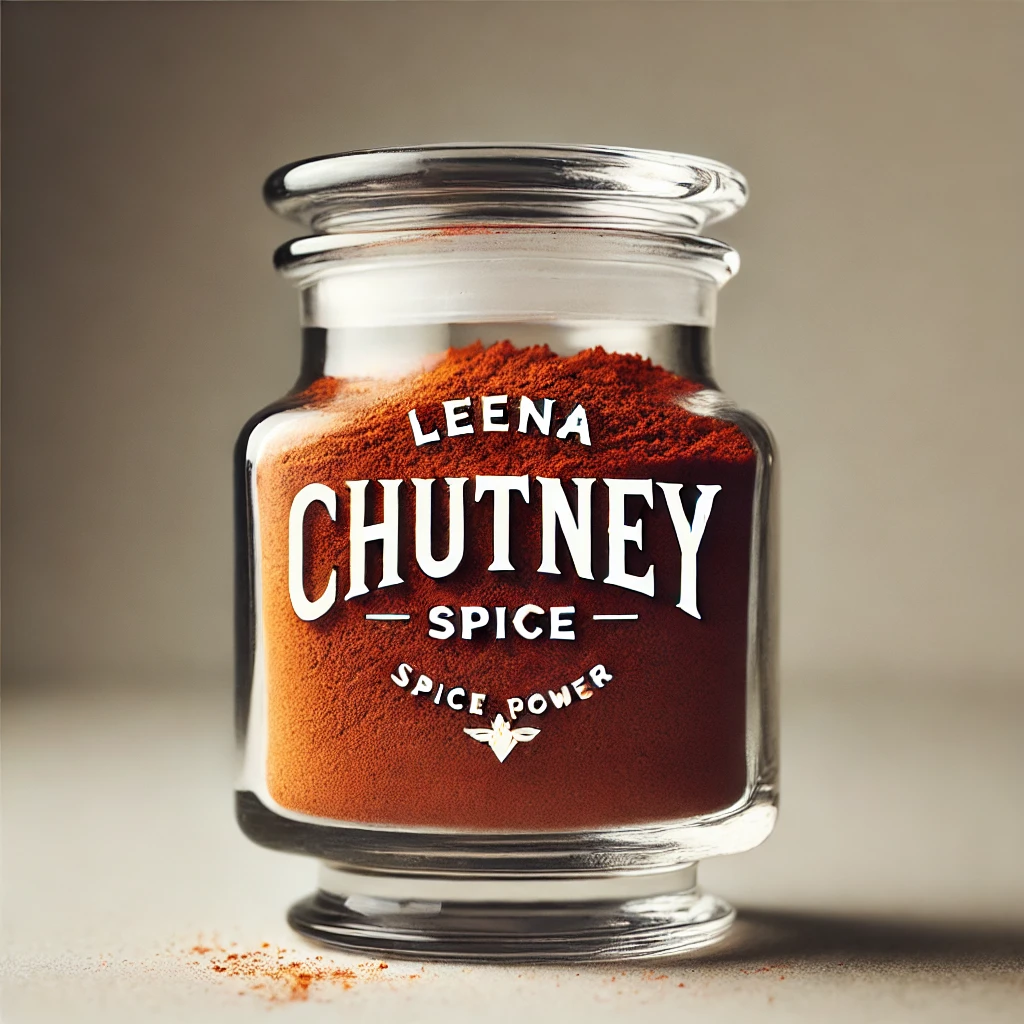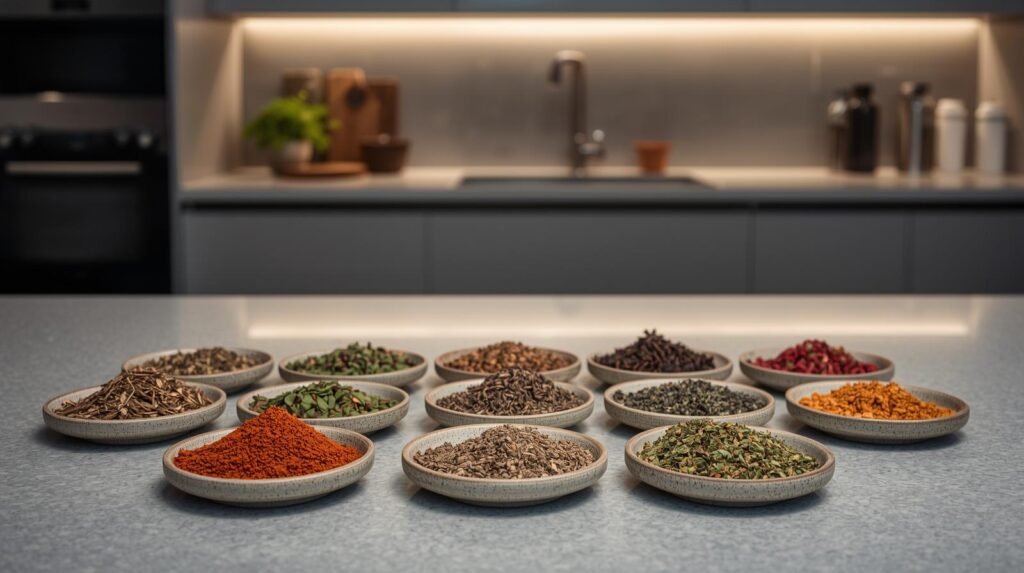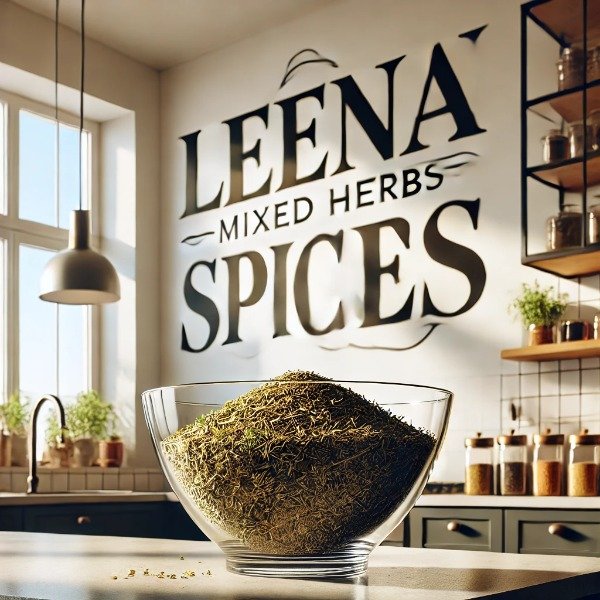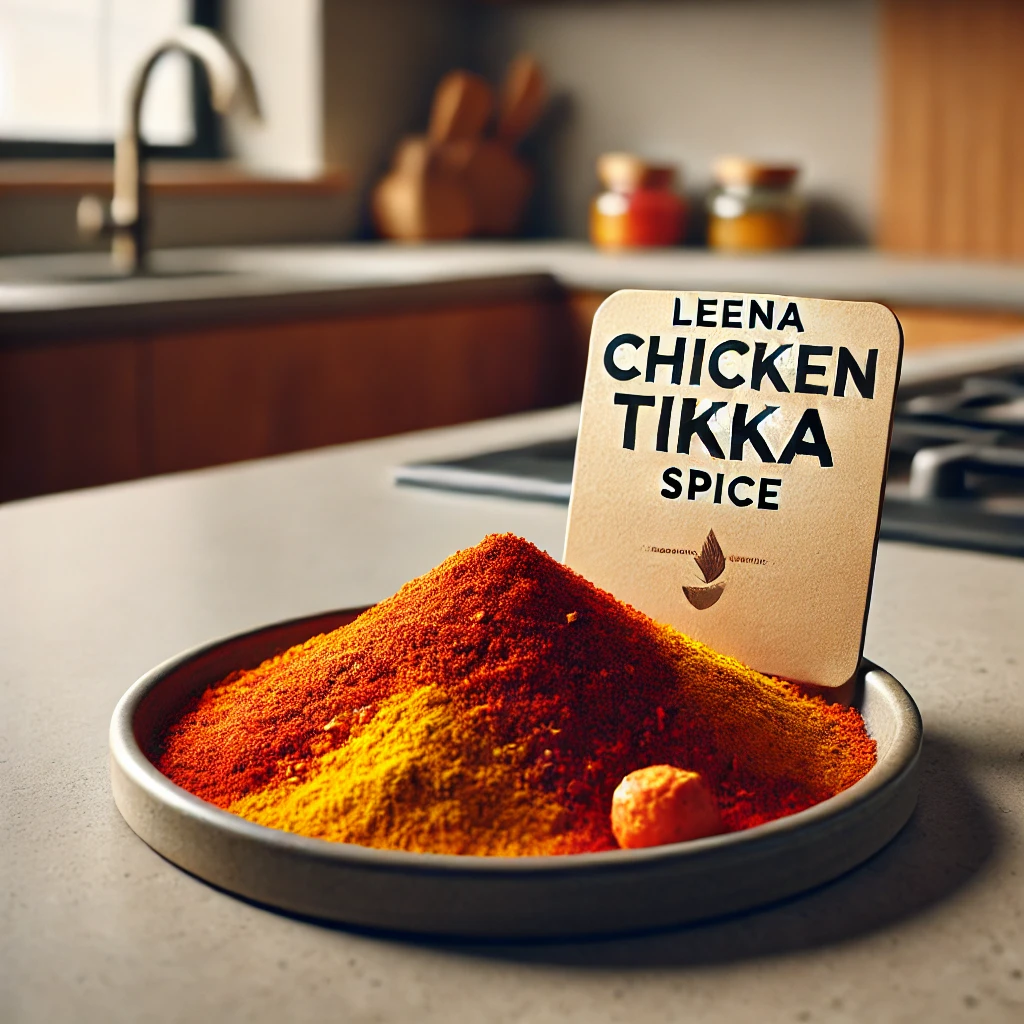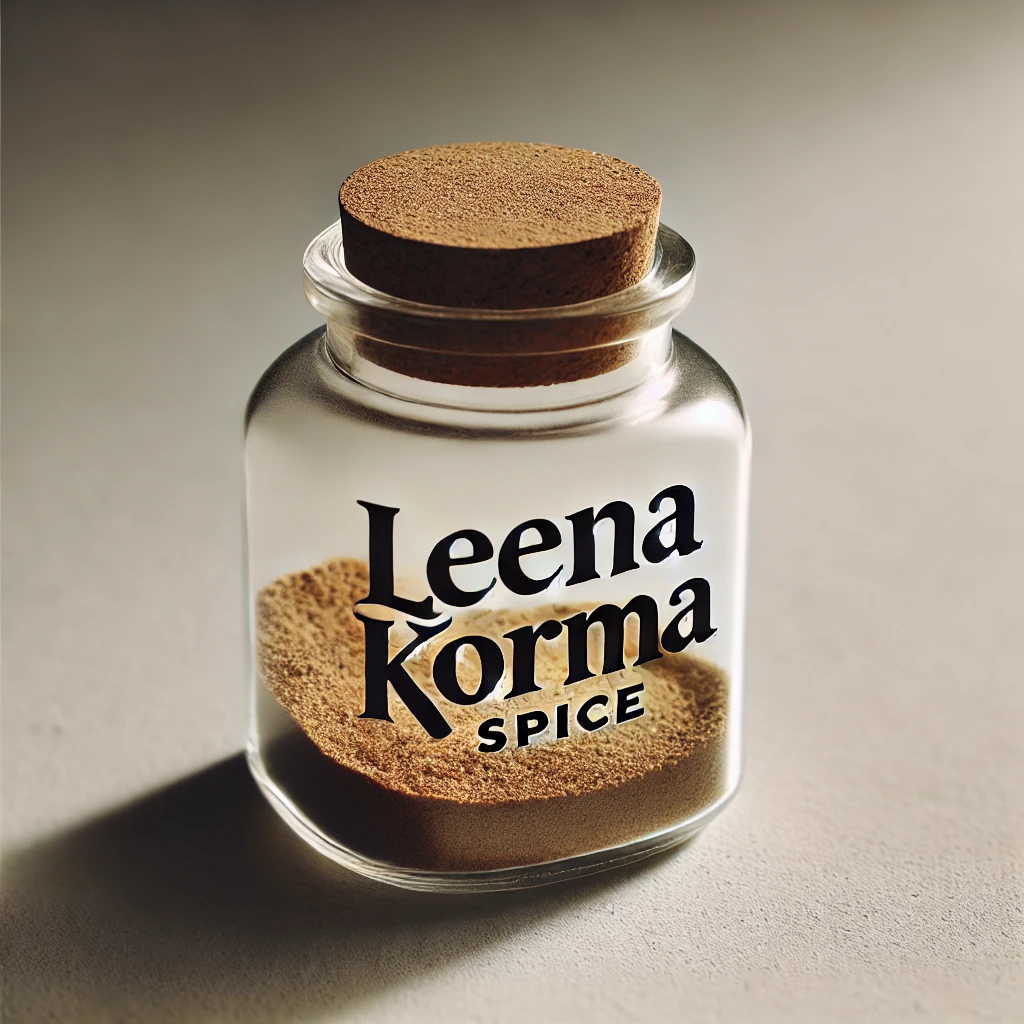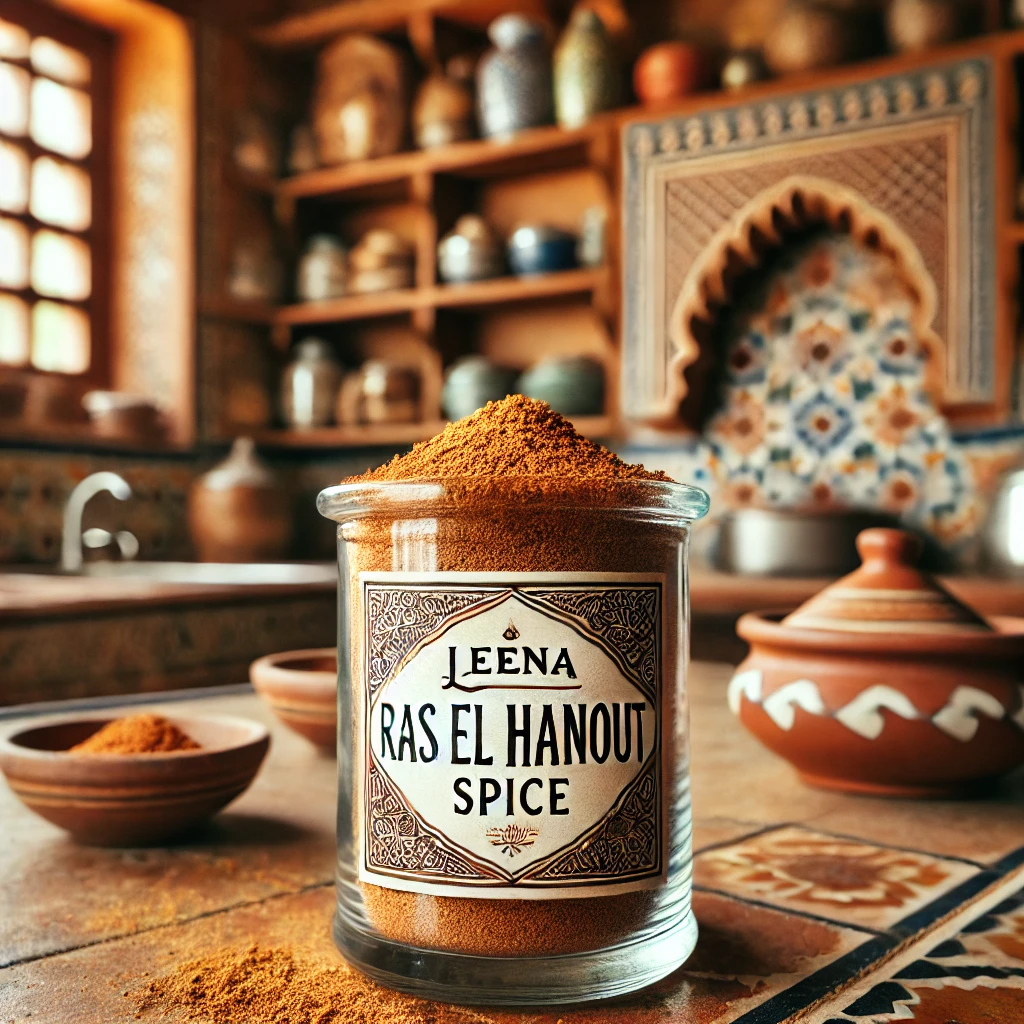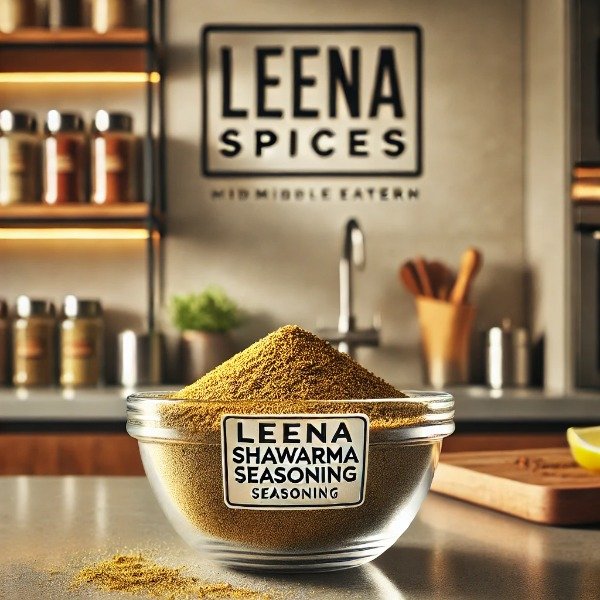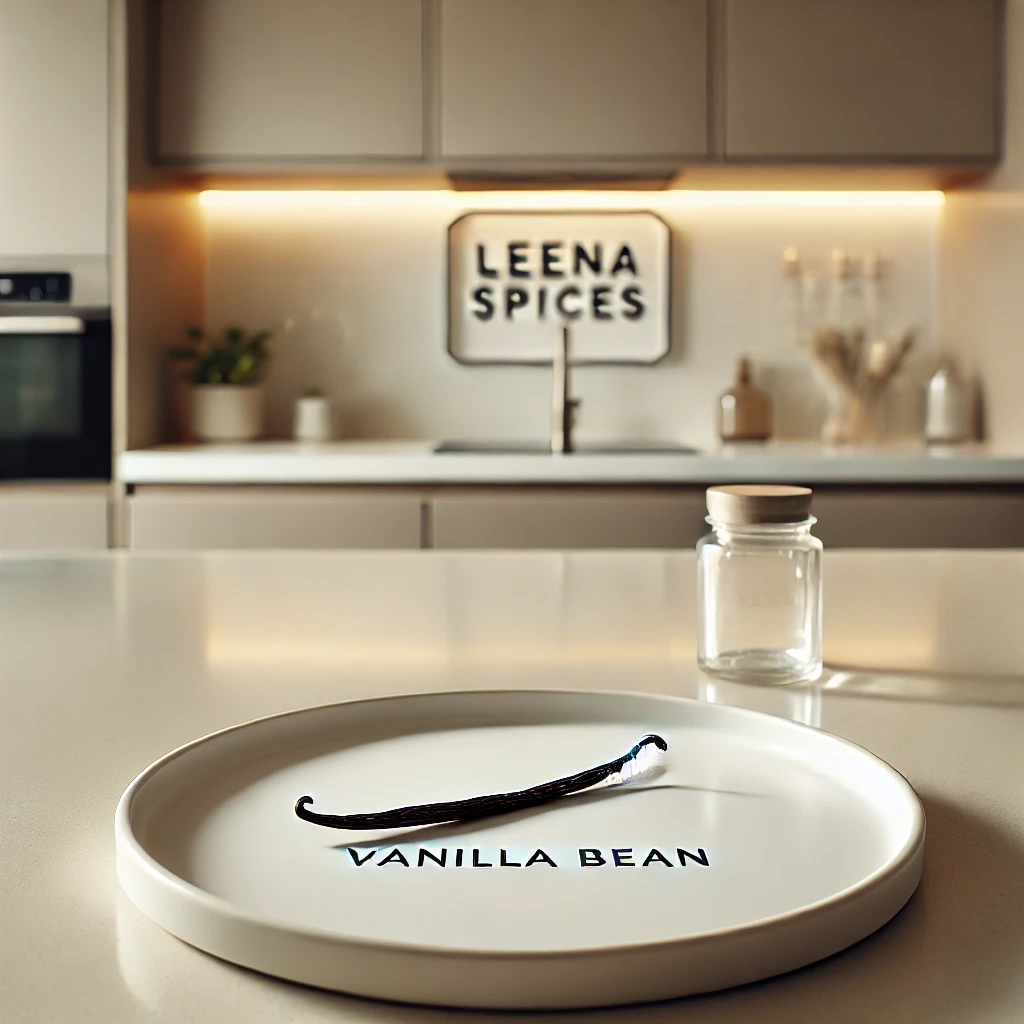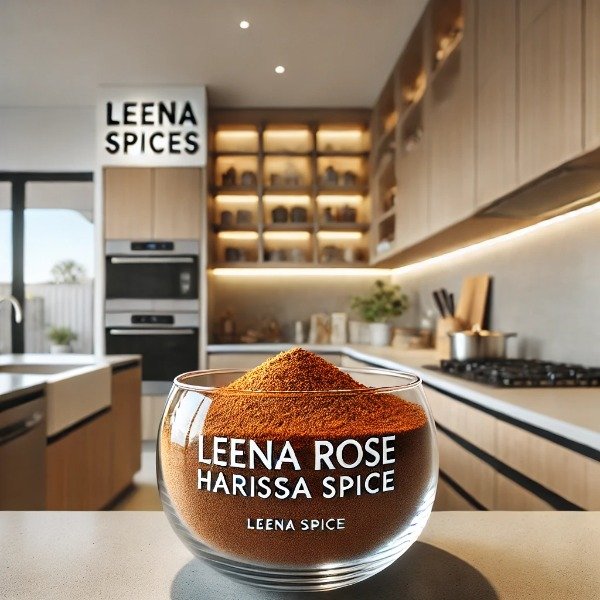Table of Contents
Introduction
What exactly is French spice?
What is Quatre Épices (French Four Spice)?
What Are The Ingredients in Quatre Épices (French Four Spice)?
What are the best French spice blends for gourmet cooking at home?
How should I store French spice blends?
What are Herbes de Provence?
What is Quatre Épices?
What is Fines Herbes?
What is Vadouvan?
FAQs on French Spice Blends
Conclusion
6 Essential French Spice Blends Every Home Cook Should Know
Introduction
French Spice cuisine is often celebrated for its elegance, finesse, and ability to transform simple ingredients into extraordinary dishes. At the heart of this culinary magic are the carefully crafted spice and herb blends. Unlike bold, fiery seasonings from other cultures, French spices are prized for their subtlety and balance. They enhance without overwhelming, creating layers of flavor that feel refined yet comforting. Classic blends like Herbes de Provence, Fines Herbes, Quatre Épices, and Bouquet Garni showcase the diversity of France’s regional cooking traditions.
What exactly is French spice?
The term “French spice” does not refer to a single ingredient. Instead, it is most often used to describe traditional spice blends or seasoning styles found in French cuisine. French cooking is known for subtle, balanced flavoring rather than strong heat, and the phrase is usually connected to Quatre Épices, meaning “four spices” in French.
Although some might associate “French spice” with broader herb blends such as Herbes de Provence, the closest and most accurate reference is Quatre Épices. Its historical use and literal translation make it the most direct answer to what “French spice” means.

What is Quatre Épices (French Four Spice)?
What Are The Ingredients in Quatre Épices (French Four Spice)?
Spice | Typical Amount (tablespoons) | Flavor Notes & Role |
White or black pepper | 2 | Provides sharpness and heat; white pepper is milder and traditional for a smoother look. |
Ground cloves | 1 | Adds sweet, pungent warmth; essential for the blend’s signature aroma. |
Ground nutmeg | 1 | Contributes nutty, earthy sweetness; freshly grated is best for potency. |
Ground ginger | 1 | Brings a spicy, zingy kick; sometimes replaced with cinnamon for a sweeter variation. |
Variations: Some recipes include allspice or cinnamon as substitutes or additions, making it “more than four spices” in practice. In North African-influenced French dishes (like couscous), it might lean spicier.
What are the best French spice blends for gourmet cooking at home?
French spice and herb blends are valued for their balance, subtlety, and ability to elevate ingredients without overwhelming them. These blends allow home cooks to bring the finesse of French cuisine into everyday meals, whether for roasts, sauces, soups, or seafood. The most versatile and authentic options combine accessibility with strong culinary tradition.
Top French Spice Blends for Gourmet Home Cooking
Blend | Key Ingredients (Typical Ratios for ~1/4 Cup) | Why It’s Best for Gourmet Home Cooking | Gourmet Uses at Home |
Herbes de Provence | Thyme (2 parts), rosemary (2 parts), savory (2 parts), marjoram (1 part), oregano (1 part); optional: lavender (0.5 parts), basil (1 part) | Aromatic and versatile, this Provençal mix elevates simple meals with floral, herbal depth. Forgiving for beginners and instantly gourmet. | Rub on roast chicken or lamb; sprinkle over ratatouille or grilled vegetables; infuse into olive oil for bread or vinaigrettes. |
Quatre Épices (Four Spices) | White/black pepper (2 parts), cloves (1 part), nutmeg (1 part), ginger (1 part); optional: cinnamon (1 part) | A warming, balanced blend that adds depth and sophistication. Perfect for charcuterie-inspired dishes and autumn recipes. | Season pâtés, terrines, or sausages; stir into beef bourguignon; dust over roasted squash or pumpkin. |
Fines Herbes | Parsley (1 part), chives (1 part), tarragon (1 part), chervil (1 part) | Light and delicate, this fresh mix gives refined finishes to eggs, fish, and poultry. Best added at the end for brightness. | Fold into omelets or scrambled eggs; sprinkle over poached fish or chicken; mix into salads or herb butters. |
Bouquet Garni | Parsley stems (several sprigs), thyme (several sprigs), bay leaf (1–2 leaves); optional: sage or rosemary | The foundation of gourmet stocks and braises. Infuses slow-cooked dishes with layered, subtle flavors. | Simmer in homemade stocks, soups, or stews; use in coq au vin or slow-cooker braises. |
Vadouvan (French Curry) | Onion/shallots (2 parts), garlic (1 part), turmeric (1 part), cumin (1 part), cardamom (0.5), fenugreek (0.5), black pepper (0.5), mustard seeds (0.5) | A French-Indian fusion with roasted, aromatic warmth. Unique, complex, and perfect for adventurous gourmet cooking. | Blend into seafood curries, bouillabaisse, roasted vegetables, or yogurt dips for appetizers. |
Persillade | Fresh parsley (2 parts), garlic (1 part); optional: lemon zest or breadcrumbs | Simple but transformative, this quick seasoning adds a bright, garlicky kick. A finishing touch that feels restaurant-level. | Sprinkle over grilled fish, steak, or roast chicken; mix into butter for escargots; toss with roasted potatoes or greens. |
How should I store French spice blends?
- Keep spices cool and dry – Store blends in a cool, dry place, away from direct sunlight, moisture, and heat sources. Ideally, maintain a temperature between 60–70°F (15–21°C).
- Use airtight containers – Glass or ceramic jars with tight-fitting lids work best to preserve freshness and prevent aromas from escaping or mixing with other spices.
- Label for freshness – Mark each jar with the date and contents. For the best flavor, use homemade blends within 6–12 months.
- Make small batches – Preparing blends in small quantities helps prevent flavor loss and ensures you always have vibrant, aromatic spices on hand.
What are Herbes de Provence?
Herbes de Provence is a classic herb blend originating from the Provence region in southern France. It typically combines dried thyme, rosemary, marjoram, oregano, and basil, with lavender occasionally included, particularly in commercial blends outside of France. Celebrated for its fragrant and earthy aroma, this versatile mix enhances a wide range of dishes, from roasted meats and grilled vegetables to hearty stews, imparting the distinctive, sun-soaked flavors of the Mediterranean.
How do I use Herbes de Provence in cooking?
Herbes de Provence is a versatile herb blend that can enhance a variety of dishes:
- Grilled or roasted meats: Rub the blend onto chicken, lamb, or pork before cooking to impart aromatic, earthy flavors.
- Vegetables: Toss vegetables with olive oil and the herbs prior to roasting for a fragrant, Mediterranean-inspired finish.
- Stews and soups: Add the herbs early in the cooking process to allow the flavors to fully infuse the dish.
- Bread and pizza dough: Incorporate the blend into dough for a subtle herbal aroma that complements baked goods.
For a more pronounced flavor, use dried herbs, while fresh herbs offer a milder, delicate note. In all cases, a small amount is sufficient, as Herbes de Provence is potent and aromatic.
What is Quatre Épices?
Quatre Épices, meaning “four spices,” is a traditional French spice blend typically made from pepper, cloves, nutmeg, and ginger. Celebrated for its warm, aromatic character, it adds depth and complexity to a variety of dishes, such as pâtés, sausages, and rich stews. Some versions include cinnamon or allspice, which lend a subtle sweetness while preserving the blend’s distinctive warmth and versatility in both savory and lightly spiced dishes.
How do I use Quatre Épices in cooking?
- Meat dishes: Incorporate small amounts into ground meats, such as for sausages or meatballs, to impart warm, complex flavors.
- Stews and braises: Add the spice blend early in the cooking process to allow its aroma and depth to fully infuse the dish.
- Baked goods: Introduce Quatre Épices into recipes like spice cakes or gingerbread for a subtle, sophisticated twist that enriches the flavor profile.
What is Fines Herbes?
Fines Herbes is a classic French herb blend known for its delicate, fresh flavor. Traditionally, it combines parsley, chives, tarragon, and chervil. This blend is best used in light dishes, such as eggs, salads, or fish, and is added at the end of cooking to preserve its subtle aroma and vibrant taste. Its freshness makes it a staple in French cuisine for finishing dishes with a refined, elegant touch.
How do I use Fines Herbes in cooking?
Fines Herbes is best used fresh and added at the end of cooking to preserve its delicate flavor and aroma. Practical applications include:
- Egg Dishes: Sprinkle over scrambled eggs, omelets, or frittatas just before serving to add a fresh, herbal note.
- Salads: Toss into fresh greens or vegetable salads to brighten flavors naturally.
- Fish and Poultry: Incorporate gently into sauces, or sprinkle over cooked fish or poultry just before serving for a refined, aromatic finish.
What is Vadouvan?
Vadouvan is a distinctive French-Indian spice blend that marries the aromatics of French cuisine such as shallots and garlic with the warm, earthy spices of India, including cumin, turmeric, and fenugreek. The result is a complex, slightly sweet, and savory flavor profile that enhances both meats and vegetables. Its versatility makes it ideal for adding depth to curries, stews, roasted vegetables, or seafood, offering a unique fusion of French sophistication and Indian warmth.
How do I use Vadouvan in cooking?
Vadouvan is a versatile spice blend that adds aromatic depth and warmth to a variety of dishes:
- Curries: Stir Vadouvan into curries or stews during cooking to enhance layers of flavor.
- Vegetables: Toss roasted or sautéed vegetables with Vadouvan for a complex, savory-sweet twist.
- Meats: Use as a dry rub or mix with oil to marinate poultry, beef, or lamb before grilling or roasting for a fragrant, gourmet touch.
Frequently Asked Questions About French Spice Blends
1. What are the essential French spice blends every home cook should know?
The most essential French blends include Herbes de Provence, Quatre Épices, Fines Herbes, Bouquet Garni, and Vadouvan. These blends highlight the balance, subtlety, and elegance of French cuisine. Each has a distinct profile: Herbes de Provence adds aromatic depth, Quatre Épices provides warming spice, Fines Herbes offers delicate freshness, Bouquet Garni infuses stocks and sauces, and Vadouvan introduces a French-Indian fusion twist.
2. How do I store French spice blends for maximum freshness?
Store blends in airtight containers away from heat, light, and humidity, ideally at 60–70°F (15–21°C). Label jars with the date, and use dried blends within 6–12 months for peak flavor. Fresh herbs like Fines Herbes are best used immediately after chopping to preserve their delicate aroma.
3. Can I make French spice blends at home?
Absolutely! Making blends at home ensures freshness, allows you to adjust ratios, and avoids preservatives. Simple mixes like Herbes de Provence or Quatre Épices can be prepared with readily available herbs and spices. For delicate blends like Fines Herbes, use fresh herbs and add them at the end of cooking for maximum flavor.
4. What dishes pair best with Quatre Épices?
Quatre Épices is ideal for hearty, savory dishes such as pâtés, sausages, meatballs, and root vegetable stews. Its warming, aromatic notes also lend subtle complexity to baked goods like spice cakes or gingerbread, making it a versatile addition for both savory and sweet applications.
5. How do I use Herbes de Provence without overpowering my dish?
Use Herbes de Provence sparingly: a teaspoon or two is often enough for a roast or vegetable dish. It works well rubbed onto meats, sprinkled over roasted vegetables, or infused into olive oil. For stronger flavor, use dried herbs; for a more subtle taste, fresh herbs are preferable.
6. Why is Fines Herbes added at the end of cooking?
Fines Herbes is composed of parsley, chives, tarragon, and chervil, and contains delicate flavors that lose aroma when exposed to heat. Adding them at the end of cooking preserves their freshness, bright color, and subtle taste, making them perfect for eggs, fish, poultry, or cream-based sauces.
7. What makes Vadouvan unique among French spices?
Vadouvan is a French-Indian fusion blend that combines shallots, garlic, cumin, turmeric, fenugreek, and other spices. Its uniqueness lies in its roasted, aromatic profile, offering both warmth and complexity. It is excellent for curries, roasted vegetables, and as a gourmet rub for meats.
8. Can French spice blends enhance vegetarian dishes?
Yes! Blends like Herbes de Provence, Vadouvan, and Fines Herbes elevate vegetables, grains, legumes, and sauces, turning simple vegetarian dishes into flavorful, aromatic meals. For example, roasted root vegetables with Quatre Épices or a ratatouille seasoned with Herbes de Provence can feel gourmet.
9. Are French spice blends suitable for baking?
Some blends, particularly Quatre Épices, work beautifully in baking. They add warm, aromatic notes to spice cakes, gingerbread, or even savory breads. Use cautiously, as their potent flavors can quickly dominate if overused.
10. How do I balance multiple French spice blends in one dish?
Start with small quantities of each blend, considering their flavor intensity. Typically, use one dominant blend and a lighter accent for subtlety. For example, a roast chicken could feature Herbes de Provence as the main seasoning, with a hint of Fines Herbes added at the end for freshness.
Conclusion
French spice blends are the cornerstone of the country’s culinary elegance, offering a harmonious balance of flavors that enhance dishes without overwhelming them. From the aromatic warmth of Quatre Épices to the delicate freshness of Fines Herbes, each blend brings its own character, transforming simple ingredients into gourmet meals. By understanding their unique profiles, proper usage, and storage tips, home cooks can confidently recreate authentic French flavors in their kitchens. Whether you’re seasoning meats, roasting vegetables, or infusing sauces, these blends provide versatility, sophistication, and a touch of Provençal charm. Embracing French spice blends not only elevates your cooking but also allows you to explore centuries of culinary tradition, making every dish a celebration of flavor, aroma, and artistry.
French spice blends turn everyday dishes into gourmet experiences. Use them thoughtfully, store them properly, and let your cooking capture the essence of French culinary tradition.
